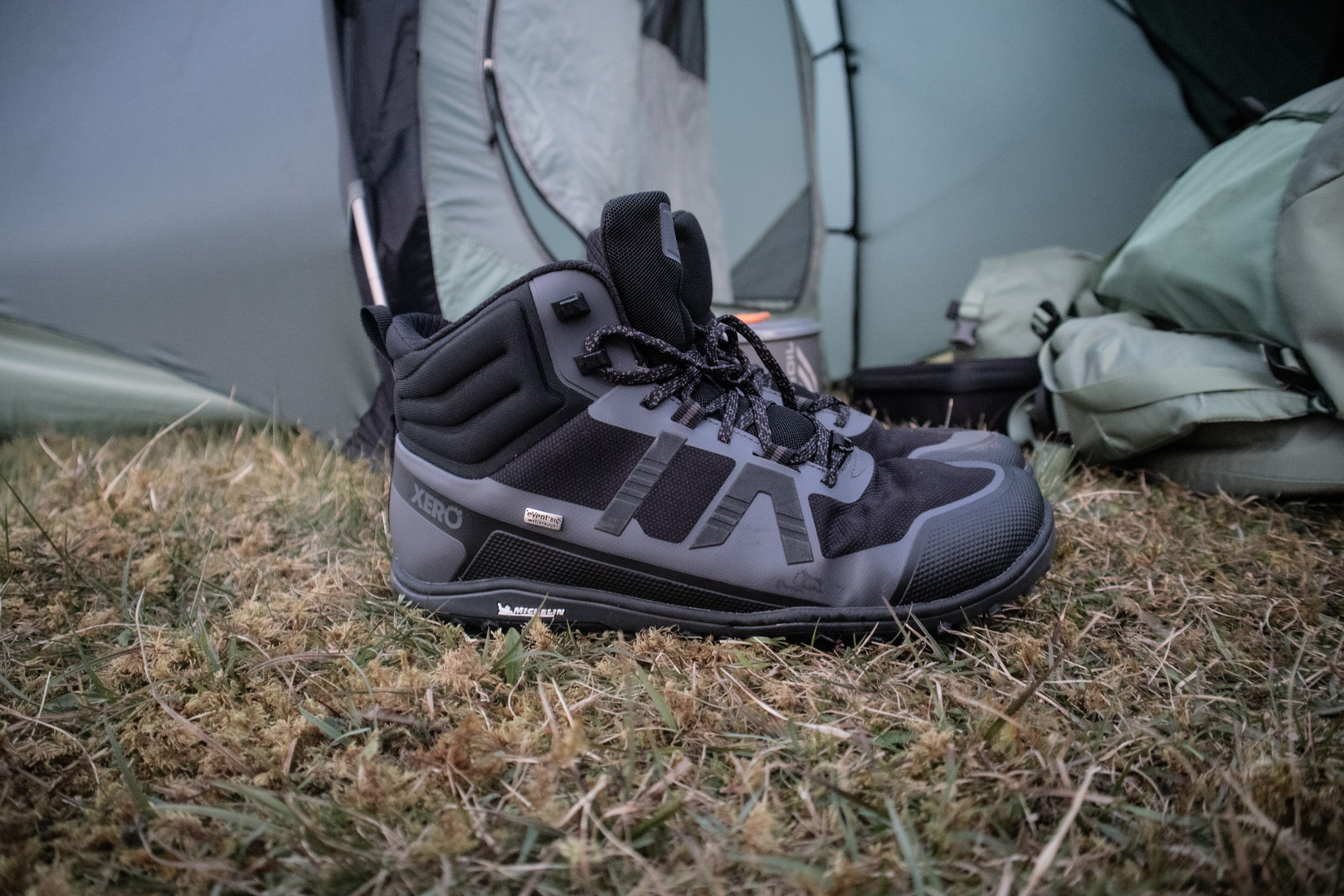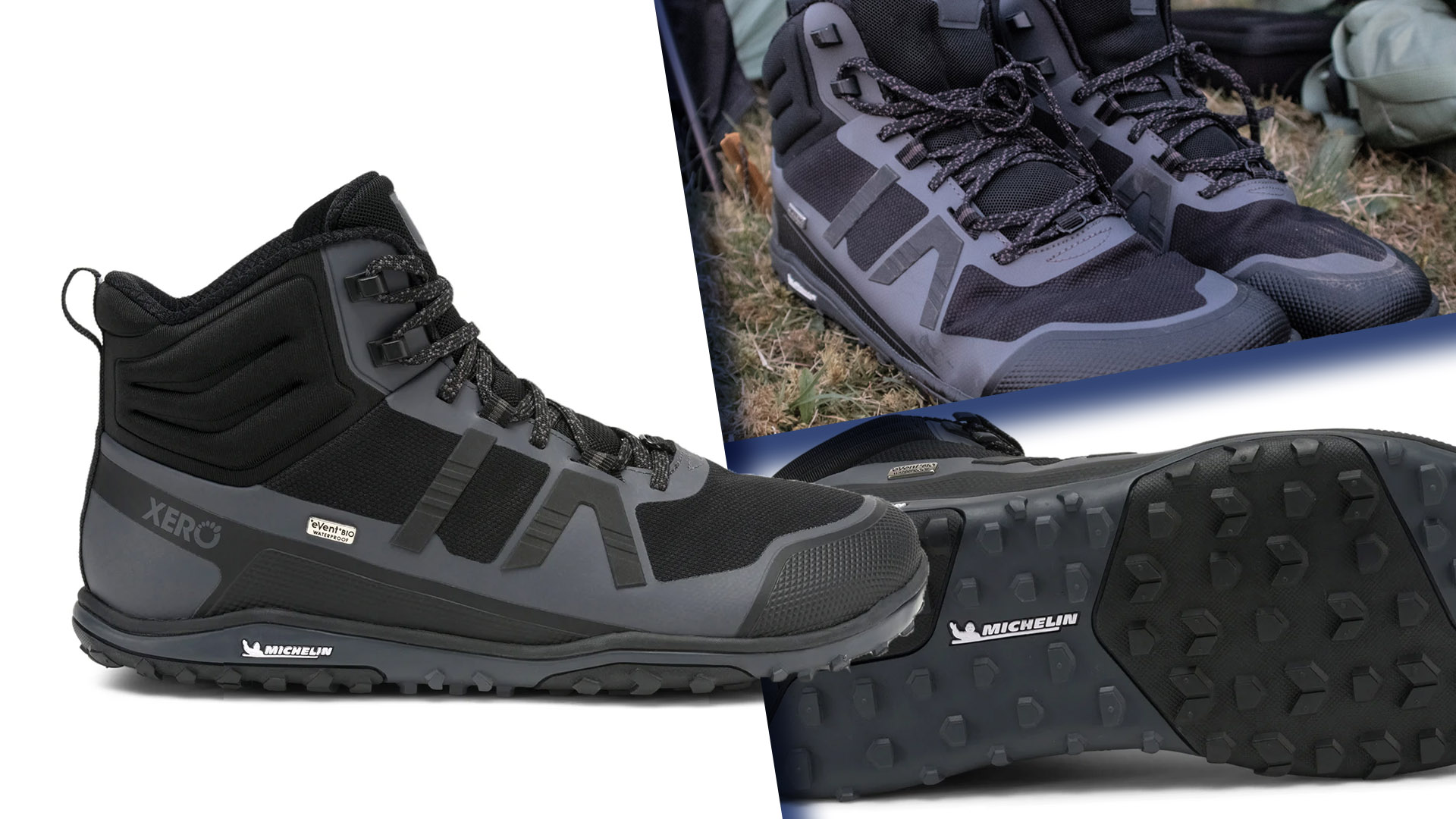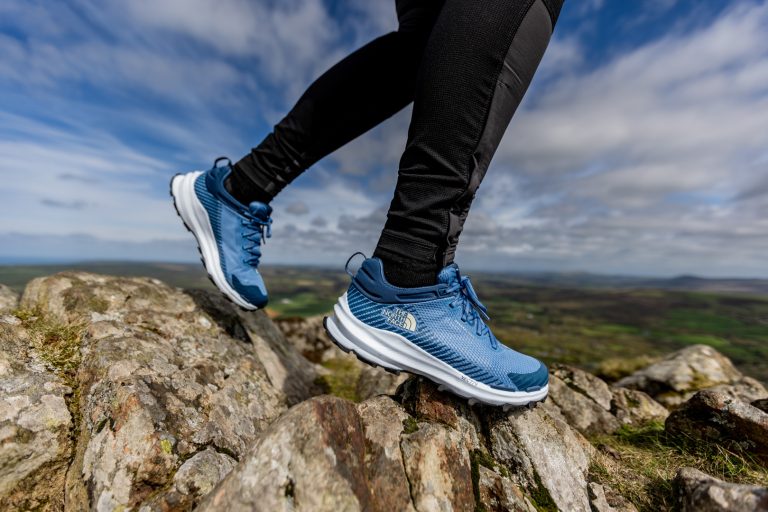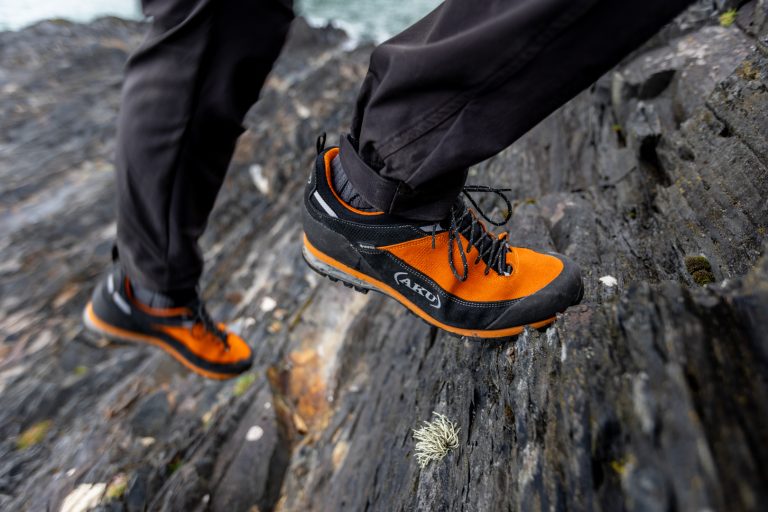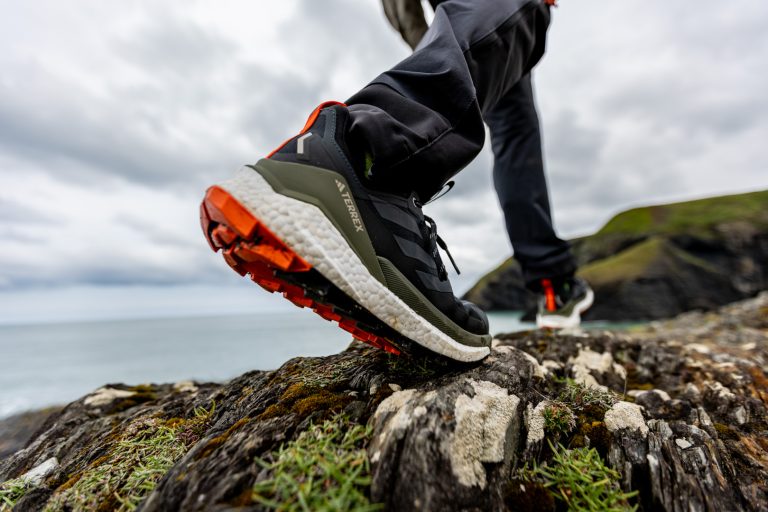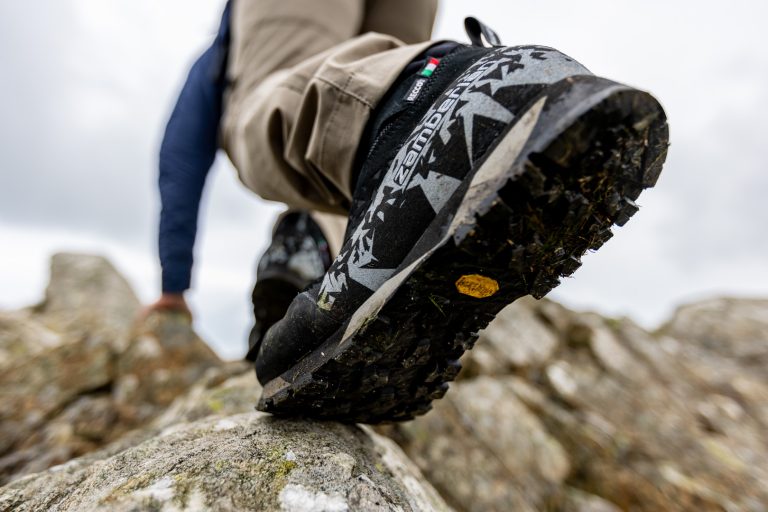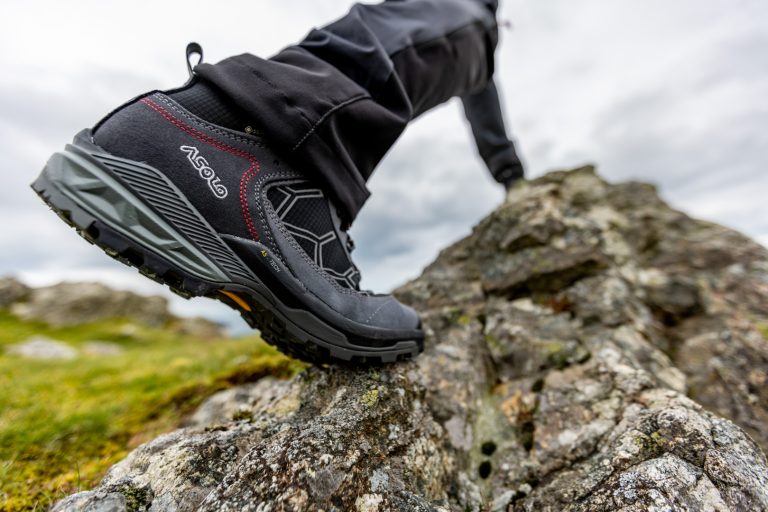The Xero brand came about in 2009 when a married couple in the U.S. started making and selling their own sandals that were designed to cater for those looking for footwear with a natural fit and feel. Inspired by the book, Born to Run, they sought to capitalise on the growing popularity of ‘barefoot’ shoes; footwear with a zero drop, wide toe and low platform. Today, they’ve now grown their collection to include all kinds of footwear, all based on the same ethos.

The Xero Scrambler Mid II WP is designed specifically for hikers. It’s a hiking boot that’s very similar to those offered by Vivobarefoot, with a barefoot style combined with a grippy outsole, supportive ankle and reinforced upper.
Now, prior to using these, I’d not made the barefoot switch yet, but I’d always been open to the idea of it. Did the Xero Scrambler manage to convert me?
Fit and Feel
The first miles in these felt strange, as expected. The toe box really is very wide, there is very little that’s separating you from the ground and there’s a heck of a lot of flex. Essentially, all you’ve got under your foot is a very thin layer of foam and then the outsole. As such, you do really get a lot of feel for the ground under you. I’d even go so far as saying that walking in these felt quite tiring as my feet were using muscles they weren’t used to using. This is no bad thing though because I’ve found that things have got easier over time, presumably as those muscles have started to strengthen up and get used to their new job.
Materials
Interestingly, the Xero Scrambler uses an eVent Bio waterproof membrane. You don’t see too much of eVent these days and that’s a shame as it’s good stuff. From my experience it tends to make for boots that are more breathable than those that use Gore-tex or more run-of-the-mill proprietary membranes. The Bio in the name comes from the fact that the membrane is made from highly renewable castor beans and is paired with recycled, PFC-free fabrics. Xero have also gone for a Continental rubber outsole.
Interestingly, the sole comes with a 5000-mile warranty. This might not be of use if the upper wears out first, which is usually the case with hiking footwear. That’s not to say the upper feels flimsy though. Overall this feels like a durable, well-made product that should last well if it’s maintained properly. Our guide to maintaining hiking boots will help you on that front.
Performance
On a hike in the mountains of South Wales, mainly over soft ground, I found these were comfortable to walk in and I loved how light and agile they made my feet feel. There’d been a lot of rain so the ground was wet and soft, but the outsole gripped really nicely. When things got boggy, the waterproof membrane did exactly what I needed it to do.
On hikes involving bouldery rocks, the outsole did enough to protect my feet from pointy bits, but I did find stability to be an issue. That, I think, is the major limitation of barefoot style boots when it comes to mountain use and I’d definitely prefer a boot with a bit more stiffness if I’m going to be hiking on scrambly terrain.

